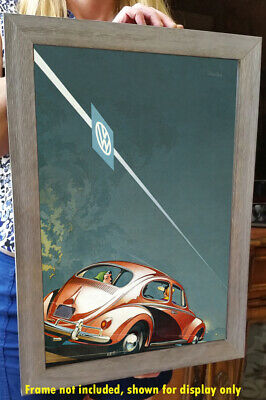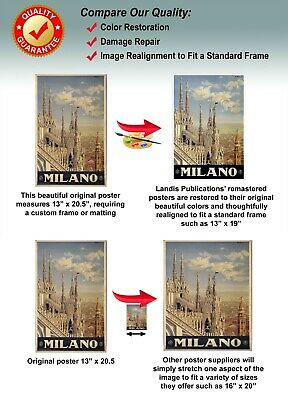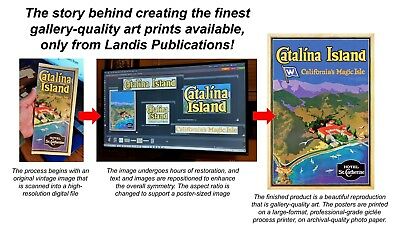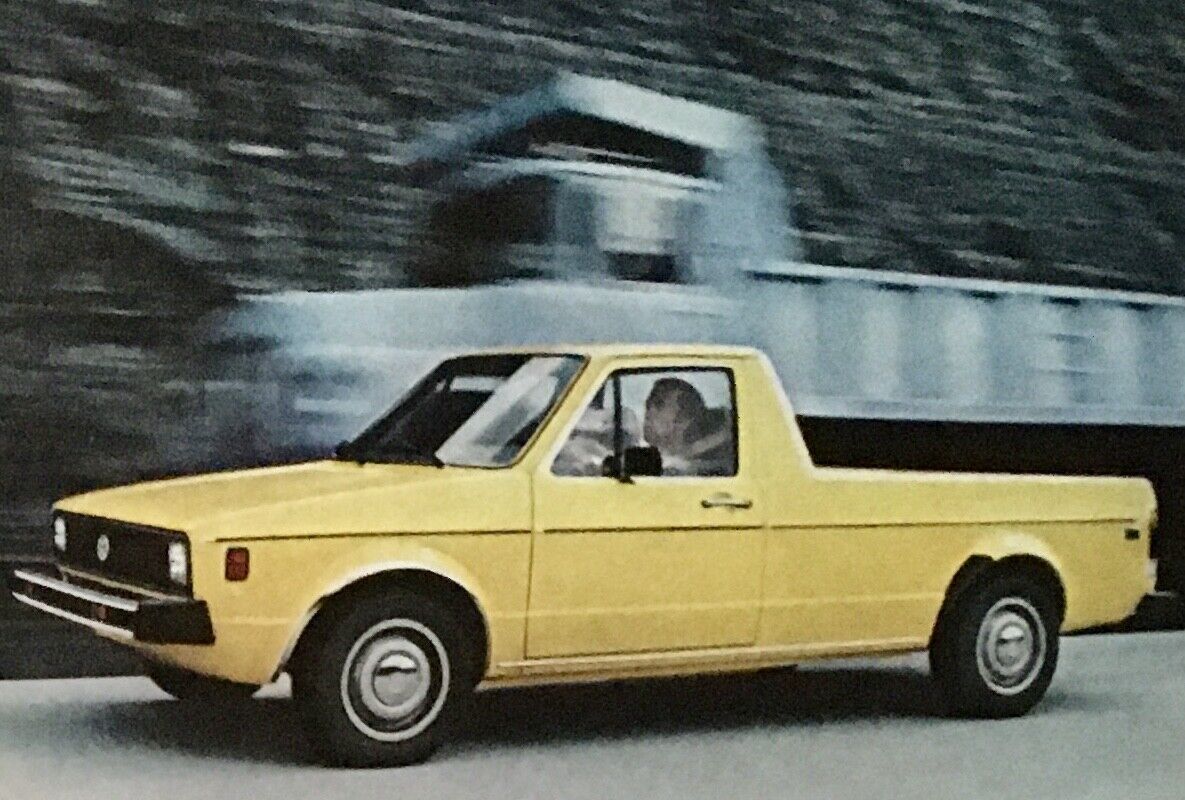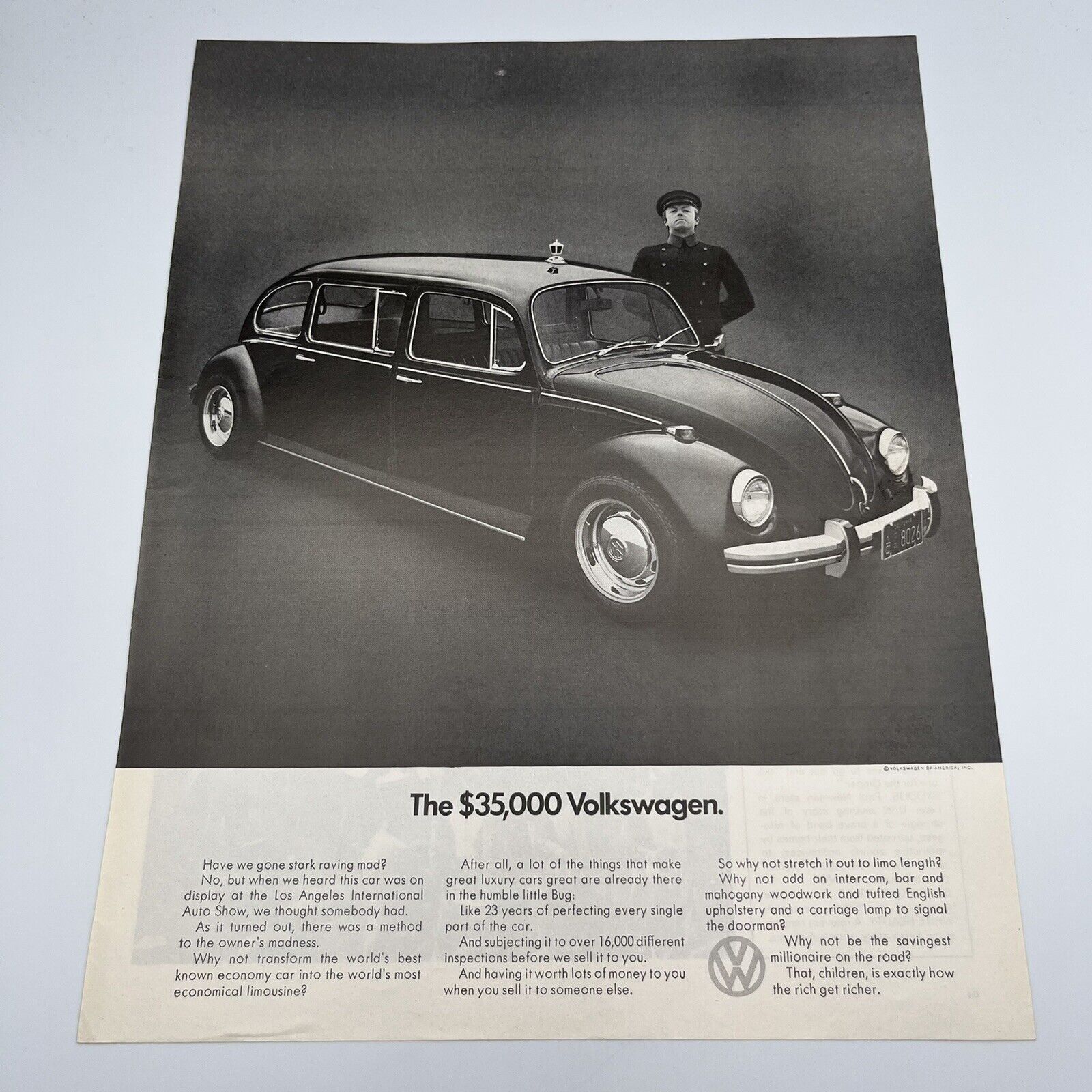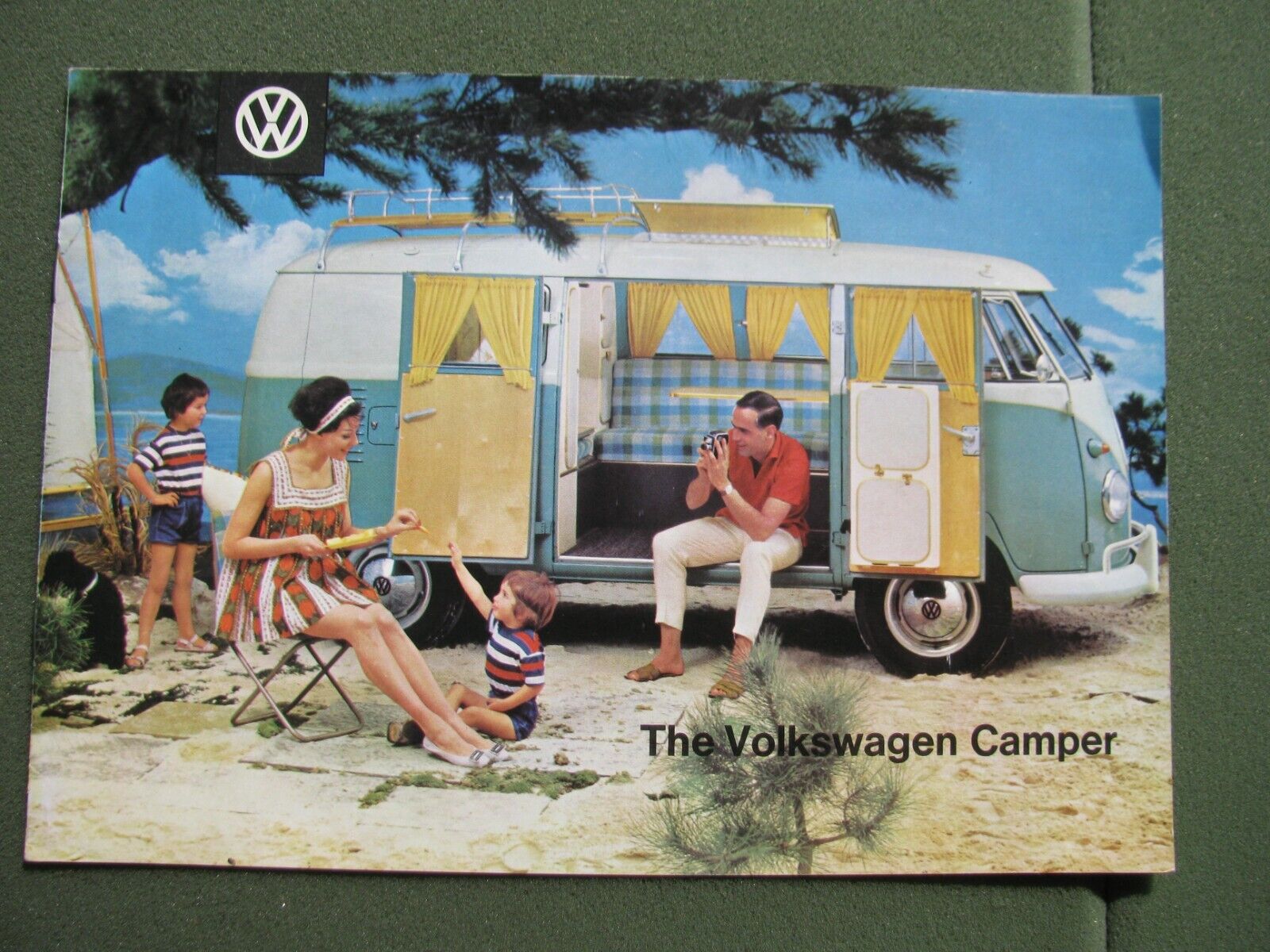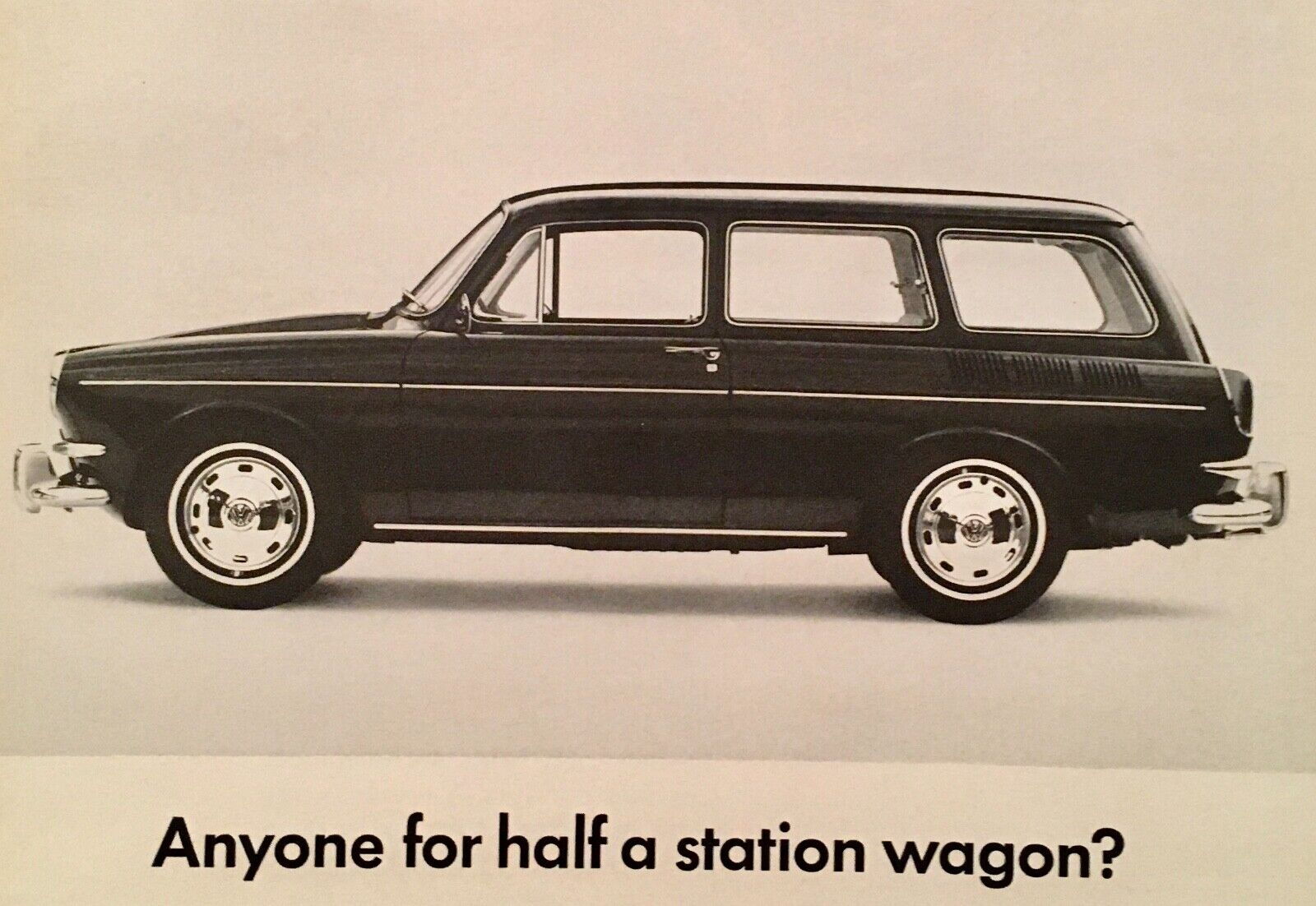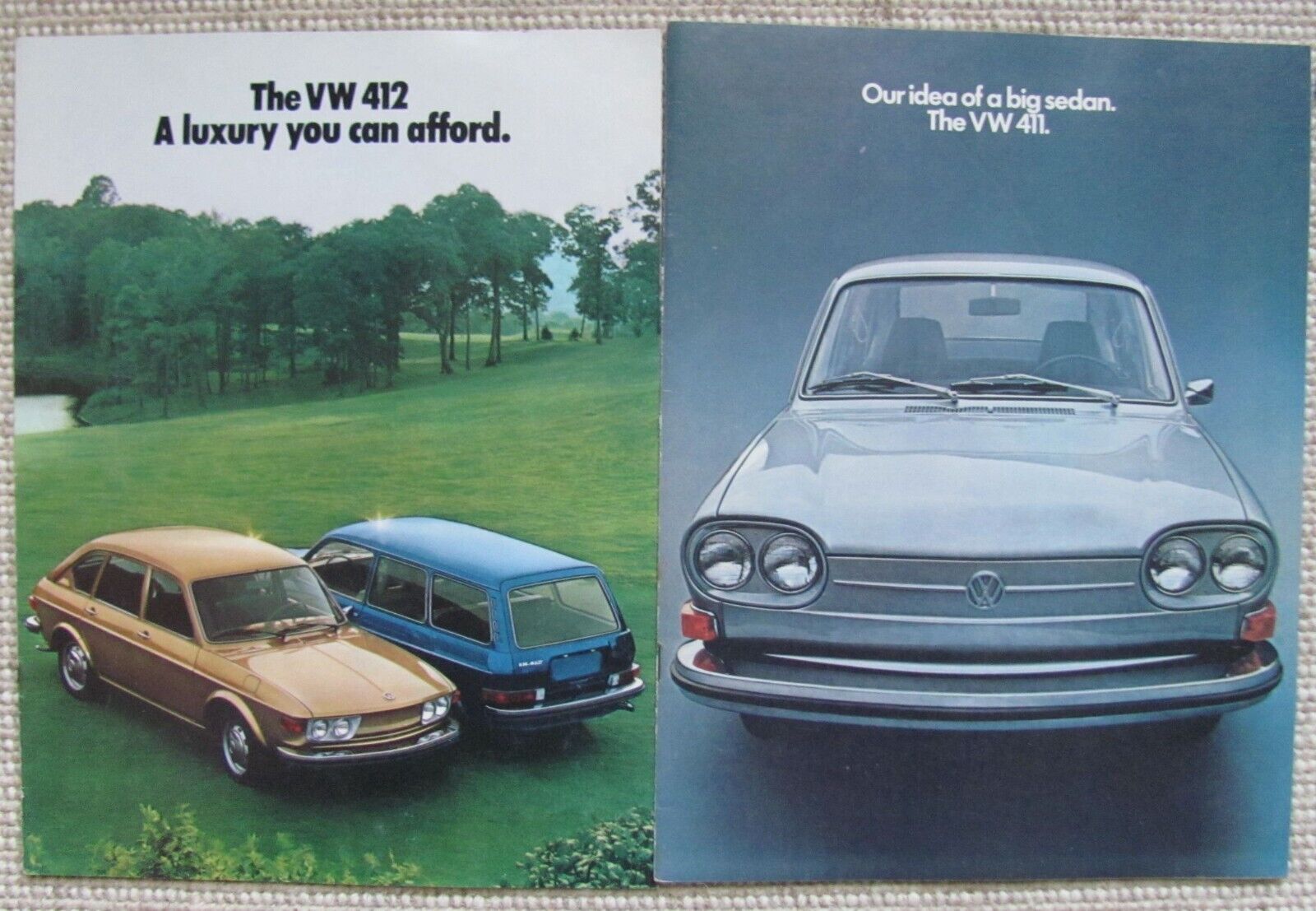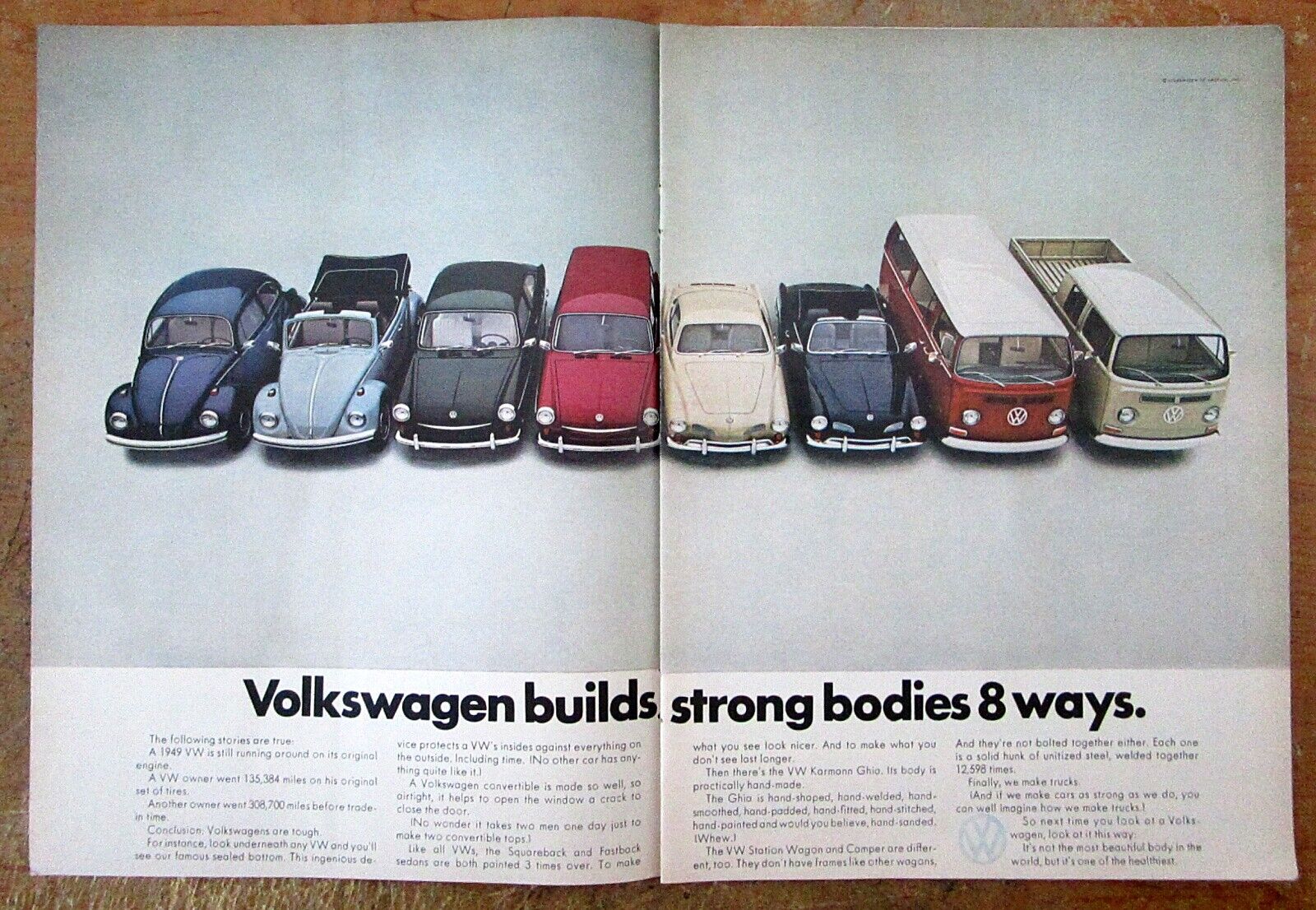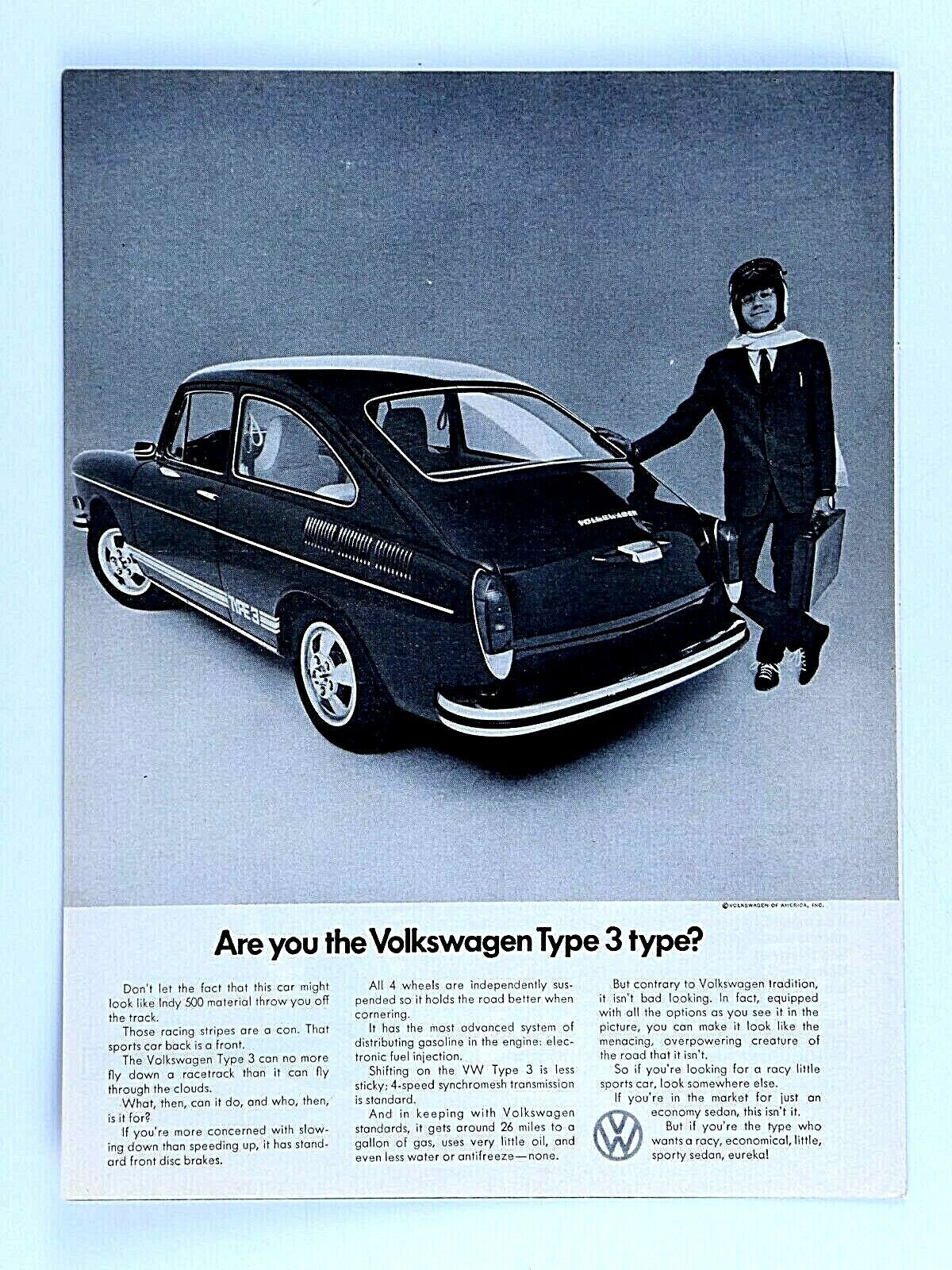-40%
1958 Volkswagen Beetle (VW) at Night - Cool Vintage Poster
$ 10.53
- Description
- Size Guide
Description
These are simply the best posters available! You will be thrilled with the image quality, vivid colors, fine paper, and unique subjects.
This is a unique remastered image, transformed into a beautiful poster - available exclusively from Landis Publications!
OUR POSTERS ARE SIZED FOR STANDARD OFF-THE-SHELF FRAMES, WITH NO CUSTOM FRAMING REQUIRED, PROVIDING HUGE COST SAVINGS!
This beautiful reproduction poster has been re-mastered from an original 1958 advertising brochure the Volkswagen Beetle. The Beetle was an icon in the auto industry, and it paved the way for the future of “economy cars.”
The high-resolution image is printed on heavy archival photo paper, on a large-format, professional giclée process printer. The poster is shipped in a rigid cardboard tube, and is ready for framing.
The 13"x19" format is an excellent image size that looks great as a stand-alone piece of art, or as a grouped visual statement. These posters require
no cutting, trimming, or custom framing
, and a wide variety of 13"x19" frames are readily available at your local craft or hobby retailer, and online.
A great vintage print for your home, shop, or business!
HISTORY OF THE VOLKSWAGEN BEETLE
The Volkswagen Beetle—officially the Volkswagen Type 1, informally in German the Käfer (meaning "beetle"), in parts of the English-speaking world the Bug, and known by many other nicknames in other languages—is a two-door, rear-engine economy car, intended for five occupants (later, beetles were only allowed for four people in some countries), that was manufactured and marketed by German automaker Volkswagen (VW) from 1938 until 2003.
The need for a “people's car” (Volkswagen in German), its concept and its functional objectives were formulated by Adolf Hitler, who wanted a cheap, simple car to be mass-produced for his country's new road network. Lead engineer Ferdinand Porsche and his team took until 1938 to finalize the design. The influence on Porsche's design of other contemporary cars, such as the Tatra V570, and the work of Josef Ganz remains a subject of dispute. The result was the first Volkswagen, and one of the first rear-engined cars since the Brass Era. With 21,529,464 produced, the Beetle is the longest-running and most-manufactured car of a single platform ever made.
Although designed in the 1930s, the Beetle was only produced in significant numbers starting from 1945 (civilian production had been put on hold during the Second World War), when the model was internally designated the Volkswagen Type 1, and marketed simply as the Volkswagen (or "People's Car"). Later models were designated Volkswagen 1200, 1300, 1500, 1302, or 1303, the former three indicating engine displacement, the latter two derived from the type number. The model became widely known in its home country as the Käfer (German for "beetle", cognate with English chafer) and was later marketed under that name in Germany, and as the Volkswagen in other countries. For example, in France it was known as the Coccinelle (French for ladybug).
The original 25 hp Beetle was designed for a top speed around 100 km/h (62 mph), which would be a viable speed on the Reichsautobahn system. As Autobahn speeds increased in the postwar years, its output was boosted to 36, then 40 hp, the configuration that lasted through 1966 and became the "classic" Volkswagen motor. The Beetle ultimately gave rise to variants, including the Karmann Ghia, Type 2, and external coach builders. The Beetle marked a significant trend, led by Volkswagen, Fiat, and Renault, whereby the rear-engine, rear-wheel-drive layout increased from 2.6 percent of continental Western Europe's car production in 1946 to 26.6 percent in 1956. Over time a trend towards front-wheel drive would come to dominate the European small-car market. In 1974, Volkswagen's own front-wheel drive Golf model succeeded the Beetle. In 1994, Volkswagen unveiled the Concept One, a "retro"-themed concept car with a resemblance to the original Beetle, and in 1998 introduced the "New Beetle", built on the contemporary Golf platform with styling recalling the original Type 1. It remained in production through 2010, and was succeeded in 2011 by the more aggressively styled Beetle (A5), which was also more reminiscent of the original Beetle.
In the 1999 Car of the Century competition, to determine the world's most influential car in the 20th century, the Type 1 came fourth, after the Ford Model T, the Mini, and the Citroën DS.

